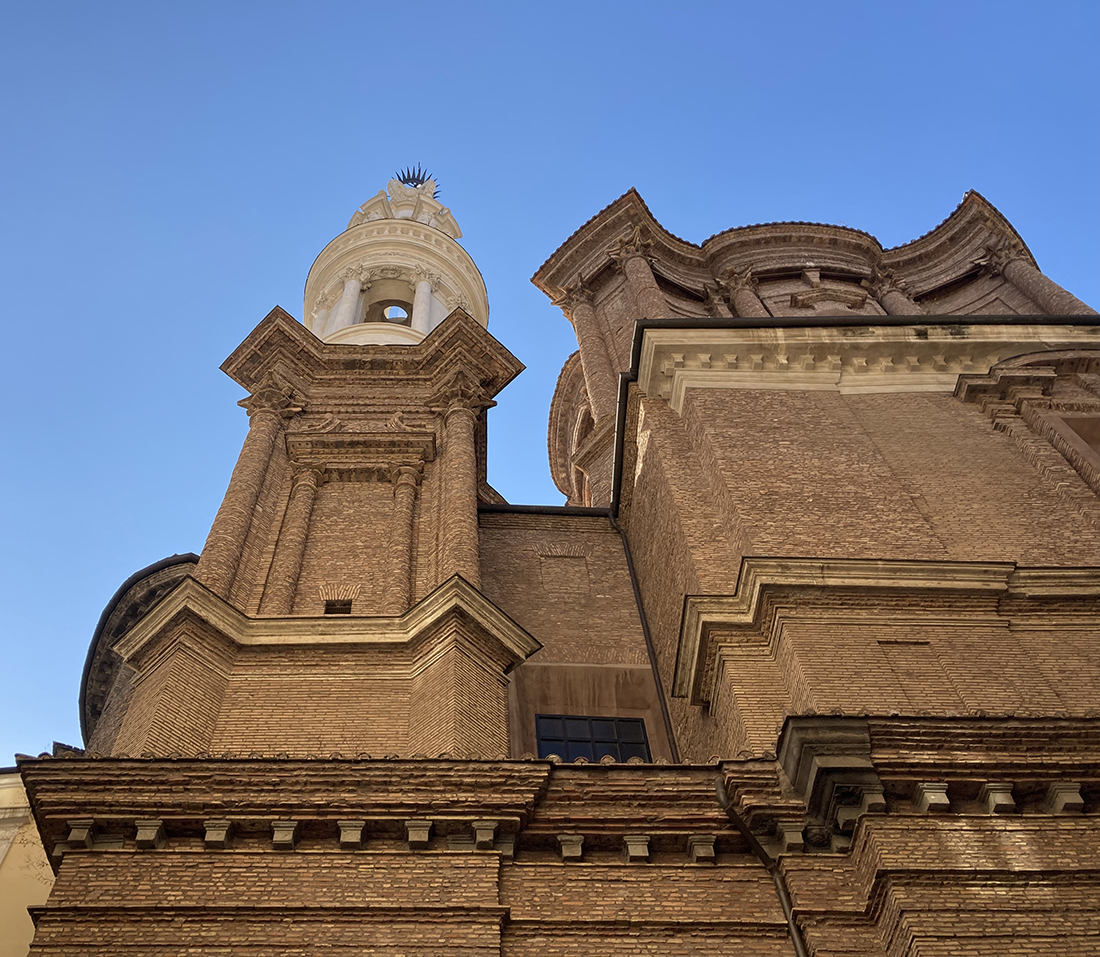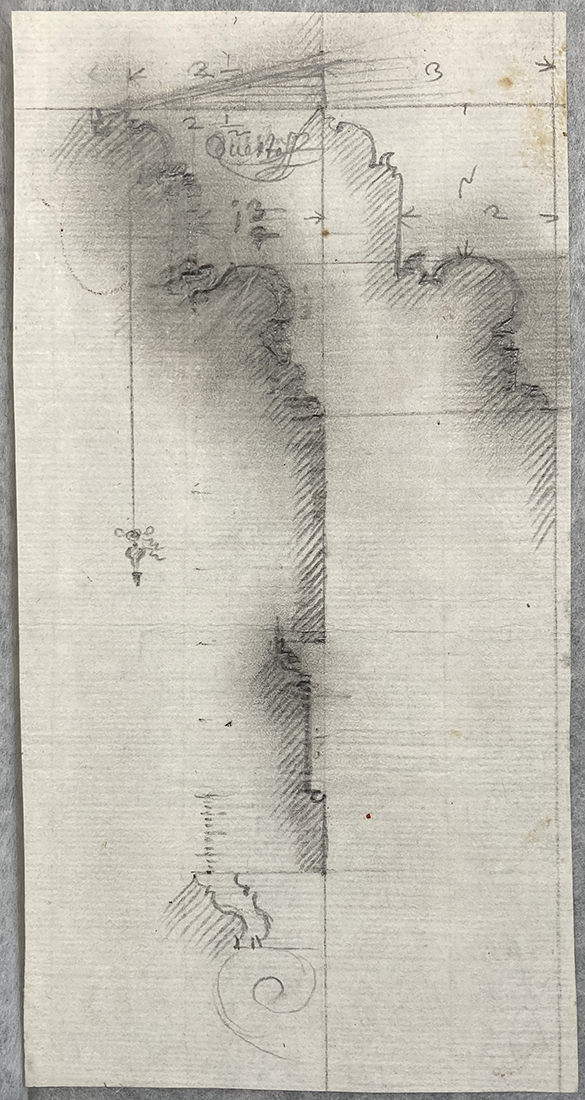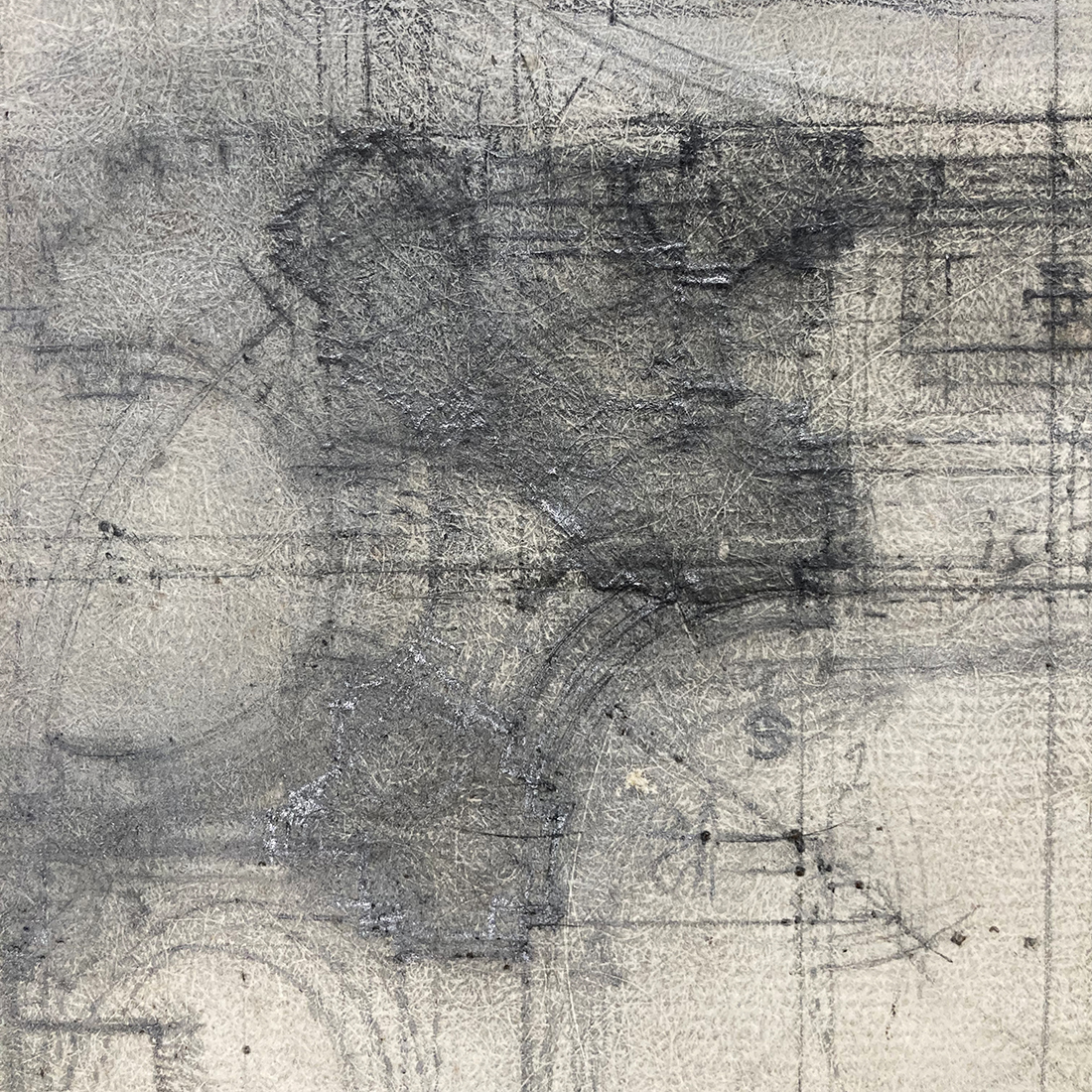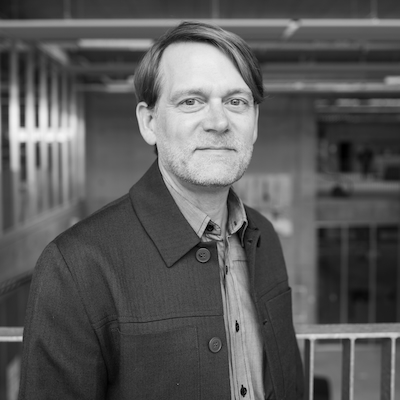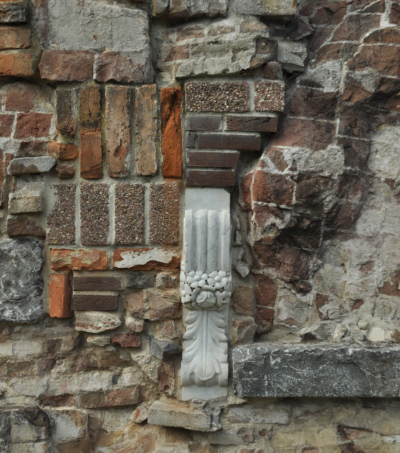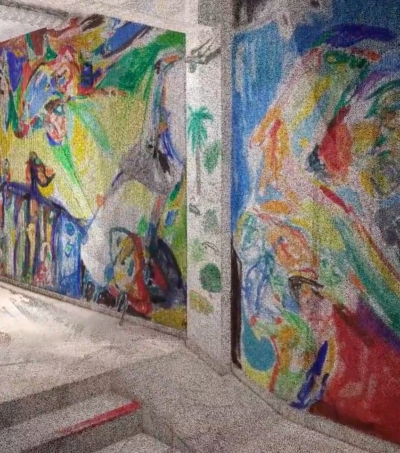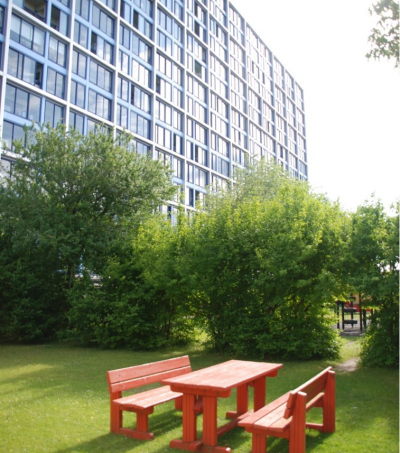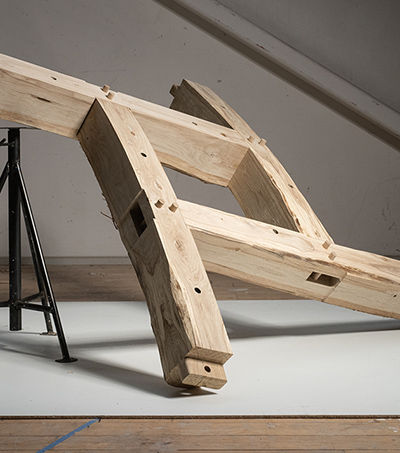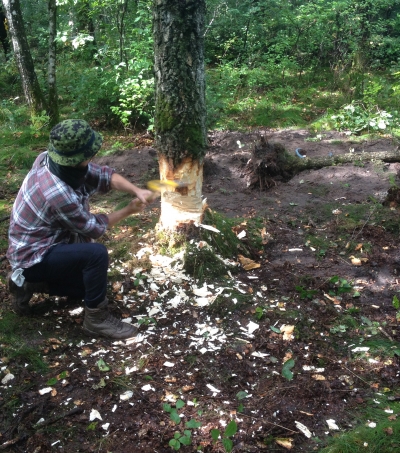The Baroque era is traditionally seen as a period primarily occupied with form. And Francesco Borromini is considered the foremost exponent of this focus. The aim of the project Borromini’s Dust is to challenge this one-sided perception and examine the connection between form and materials in the work of architects by investigating the connection between Borromini’s graphite drawings and the construction technique he used.
The project highlights and examines Borromini’s drawings by hand, not only as a tool for creating and representing form but in particular as media and techniques that themselves contain a special materiality and value; characteristics that resemble the building materials he worked with in those of his works that were realised.
That Borromini invented the use of graphite, then a completely new material, as a tool for drawing on rugged, structured paper, instead of ink or coal, testifies to his interest in materials. Graphite can be used to create sharp, precisely defined lines; you can also work with it and smudge it with your fingers or tools to create a both visually and concretely dusty and modelled atmosphere in drawings. To Borromini, graphite was apparently a critical, multi-sensory tool involving sight and touch. The residue and smudges left by the graphite on the rough paper were not unwanted mistakes: they were invaluable predictions and identifications of the material and formal experiences he wanted to make part of his works.

